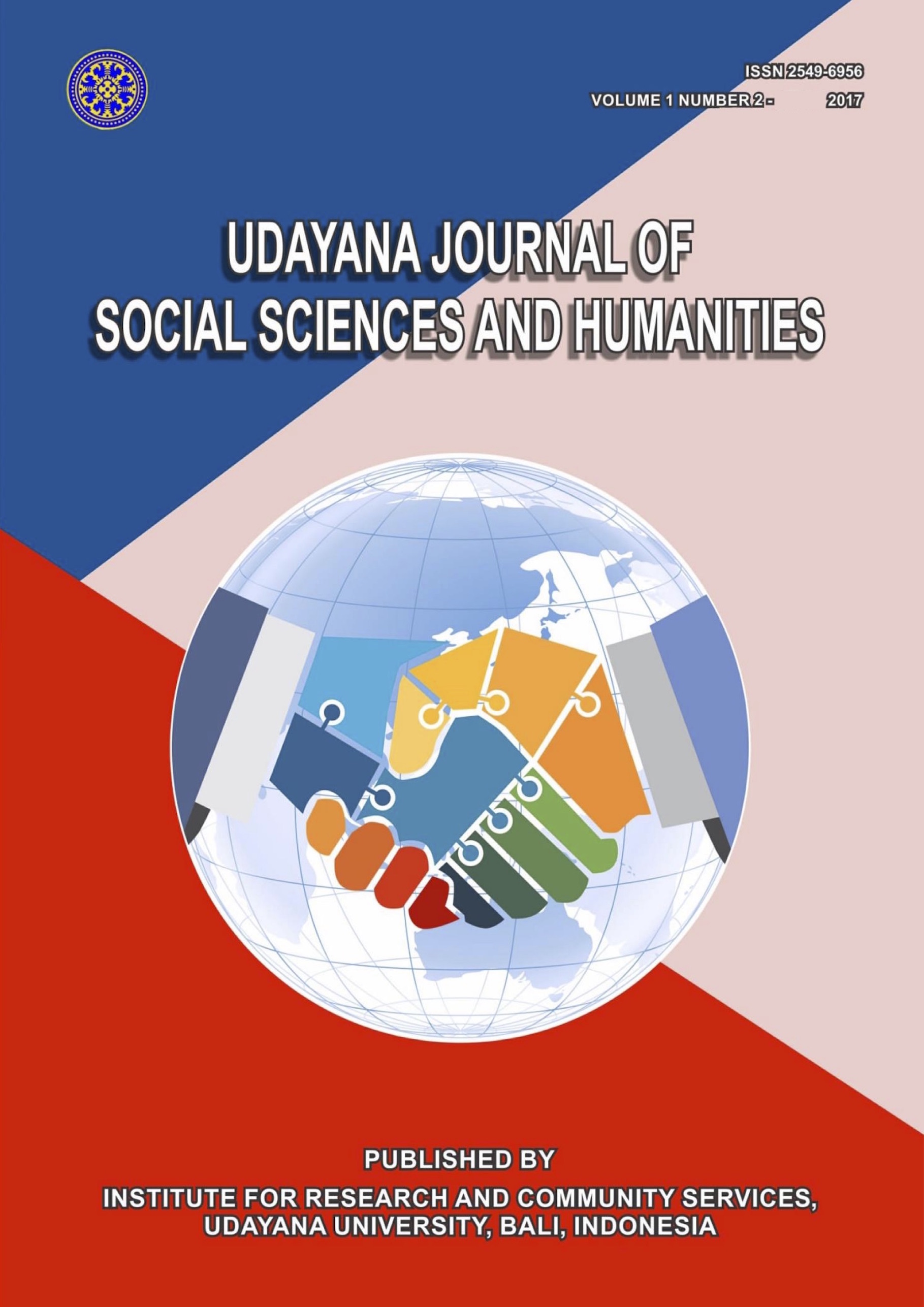Typology Lexical Verb 'To Use' in Japan: Natural Semantics Metalanguage Study
Abstract
This study entitled Typology of Lexical Verb 'Use' In Japanese: Study of Natural Semantic Metalanguage. The research objective is to understand verb ‘use’ of the Japanese language. The specific objective is to describe forms, structures, and to avoid the meaning of swirling. Analysis using Semantic Theory of Natural Metalanguage (MSA) which is pioneered by Wierzbicka (1996). To analyze the data the author uses a descriptive method, that describe the elements used by default lexical verb ‘meaning'. Then the mapping exponent through explication by using a paraphrase. Data were analyzed semantic structure. Ways of presenting the data analysis using informal methods, namely the use of words. 14 types of the Japanese verb have the meaning of 'use, ' i.e., kaburu, maku, haku, hameru, shimeru, sauces, kiru, Kakeru, tsukeru, tsukau, mochiiru, shiyo suru, suru riyou, chakuyo suru, which is often found in the books of Japanese. This study has given a clear enough picture of the technical explication of the state of one form or lexicon to one meaning and one meaning for one form or lexicon.






